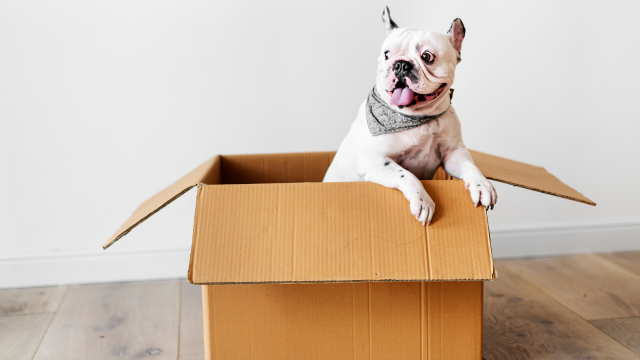Choice Australia has revealed its findings in a review of packaging sustainability and recyclability across a wide range of home appliances, from air fryers to vacuums.
Only about 55 per cent of the packaging that’s designed to be recycled in Australia (which makes up about 86 per cent of all packaging in the country) ends up being repurposed, with the remaining 45 per cent going in landfill, according to former Australian Packaging Covenant Organisation (APCO) CEO Brooke Donnelly.
To see how some popular appliance brands are going in Australia, in terms of packaging recyclability, Choice took aside 38 products and analysed the contents. The packaging analysed included kettle, air fryer and stick vacuum boxes and the protective materials inside.
“While many are using recyclable cardboard and fibre, others are still using polystyrene and other non-recyclable plastic materials – sometimes in excessive amounts,” Choice wrote.
In analysing the packaging, Choice used APCO’s sustainable packaging guidelines as a basis, giving the team context for what may or may not be deemed sustainable, and indicating what is and isn’t recyclable.
Choice found that polystyrene is still used too abundantly, while there’s not enough cardboard being used in appliance packaging, though noted that it’s possible that companies may have different packaging practices with other products.
“In addition, many manufacturers are still using non-recyclable plastic three-pin plug protectors and plastic-coated wire ties instead of more sustainable options,” Choice added.
“In nearly all cases, manufacturers are not doing a very good job of making it clear to consumers in their package labelling which components are recyclable and what consumers should do with them.”
Of the 38 appliances reviewed, the Black and Decker Power Series Extreme Stick Vacuum was praised for having 100 per cent recyclable components in the packaging.
Additionally, only two products had notices on the sides of the box indicating that the packaging was made of at least 90 per cent recyclable material.
Meanwhile, the lowest-scoring appliance analysed was the Dreame Cordless T30 Stick Vacuum, with only 30 per cent recyclable packaging components.
Of packaging analysed, 60 per cent was found to use non-recyclable expanded plastic foams (like polystyrene and polyethylene).
The consumer advocacy organisation also highlighted that 30 out of the 38 products reviewed used plastics compatible with the REDcycle scheme, with all packaging including some form of plastic.
REDcycle might sound familiar — that’s the Australian plastic recycling scheme that collapsed last year.
“The REDcycle program has paused its collection of soft plastics and advised customers and consumers to place the soft plastic into the general waste bin (unless your local council has advised otherwise) until a solution is found,” Choice wrote.
“The challenges facing the REDcycle scheme highlight the lack of a robust soft plastics recycling infrastructure in Australia.”
So, what could brands do to create more sustainable packaging for their appliances?
Well, the APCO and the Australian Institute of Packaging (AIP) would like brands to become APCO members and commit to its sustainable packaging guidelines.
These groups would like packaging to include the Australasian Recycling Label, so buyers know the right disposal method.
Brands using thin plastic bags should also join the REDcycle soft plastics return-to-store recycling program, according to APCO and AIP, although Choice notes that it’s currently suspended.
Additionally, non-recyclable three-pin plug covers should be replaced with moulded fibres or cardboard covers, and non-recyclable plastic-coated wire ties should be replace with velcro ties.
With these kinds of changes, it’s hoped that plastic waste can be cut down on significantly.
APCO wants to see all packaging made, used or sold in Australia as recyclable, reusable or compostable by 2025.
